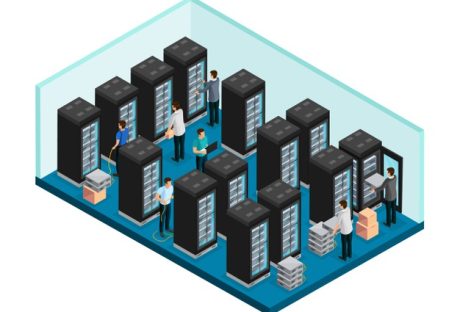We’re seeing increased digital penetration, rising competition for the same target audiences, and consumers with extremely high expectations. Right from the first time a consumer interacts with branded content on social media to the time they become a return customer, everything depends on customer experience.
Every vertical of your organization needs to build on the customer experience. From upskilling your customer to encouraging your team to listen to customer experience podcasts, businesses should be looking to learn and improve the ecosystem at every opportunity.
In this article, we are looking at the top five customer experience podcasts and how they can help brands. However, before we begin, let us look at how podcasts are redefining customer experience.
Customer Experience Podcasts: What are they?
In the past few years, many businesses have started to realize that for customers it’s all about the experience. Numerous other competitors are offering the same product or service at the same price points. Why then should consumers choose one over the other?
This is where brands need to evolve a highly productive customer experience process. A customer experience podcast (CX Podcast) is a great way to help brand personnel understand the ins and outs of creating a successful strategy.
These podcasts are hosted by brands that work on customer analytics software products. You can also find a lot of CX thought leaders and experts offer podcasts to help brands and aspiring professionals. Most of the content of these podcasts revolves around insights and inspirations to chart the perfect customer journeys.
In the following section, we spoke to industry leaders and multiple brands and created a list of the top 5 customer experience podcasts in the industry.
List of 5 Best Customer Experience Podcasts
1. SentiSum’s Podcast
SentiSum’s Podcast finds leaders in e-commerce, customer experience, and customer service and gets them to tell their stories. With an aim to unearth radically different ideas and to drive forward the customer experience space, the SentiSum podcast is a must-listen for CX leaders. SentiSum has been able to get together some of the brightest minds in the industry including Augie Ray from Gartner and Sean Mckee from Schuh. Their insights into how businesses need to be informed and take the appropriate decisions and steps are inspiring to say the least.
2. The Active Campaign Podcast
As you might know, Active Campaign is a leader in email marketing and sales automation among other things. Active Campaign’s podcasts offer real-time customer stories of their successful campaigns. While some insights are great, others look to push the brand name forcibly into the discourse. This tends to take away all the attention from learning and knowing about customer experience, to simply be just another promotion tool.
3. C-Space Podcast
C-Space CEO, Charles Trevail is one of the leading names in the CX podcast world. The success of the podcast is primarily due to the fact that it concentrates squarely on the consumer. The podcast talks about how consumers think about brands. This kind of reverse engineering of sorts helps brands understand consumers better. Routine interactions with business leaders, intelligentsia, and marketing studies create decent episodes.
4. (A) Podcast Series
One of the best things about (A) podcasts is its emphasis on new technology. The episodes on the podcast are routinely intertwined with new tech like Artificial Intelligence, Machine Learning, etc. The podcasts also show the influence of these in business areas like Chatbots, Content Marketing strategies, CRM, etc. While all this information is great to have, it can sometimes drift away from offering solutions to CX issues and problems.
5. Roger Dooley’s Brainfluence Podcast
Roger Dooley is a persuasion expert, who deals in complex neuroscience, brain-behavior, and psychology. This helps brands to understand CX from a biological and psychological standpoint. Roger Dooley frequently invites industry thought leaders and intertwines great discussions blending software, innovation, automation with human behavioral analysis. The podcasts are insightful, inspiring, and can help you understand human behavior.
The Final Word
There is a reason why brands like Coca-Cola, Nike, Apple, and others focus and invest billions of dollars in enriching customer experiences. They understand that giving the right experience to a customer can help in creating lifelong repeat ones.
This does not only help in contributing to repeat purchases (sales) but also puts out a great word about the brand. If you are a business looking to engage with CX on a greater level, you can start asking your team members to listen to the above-mentioned five podcasts.
Read Also:






















